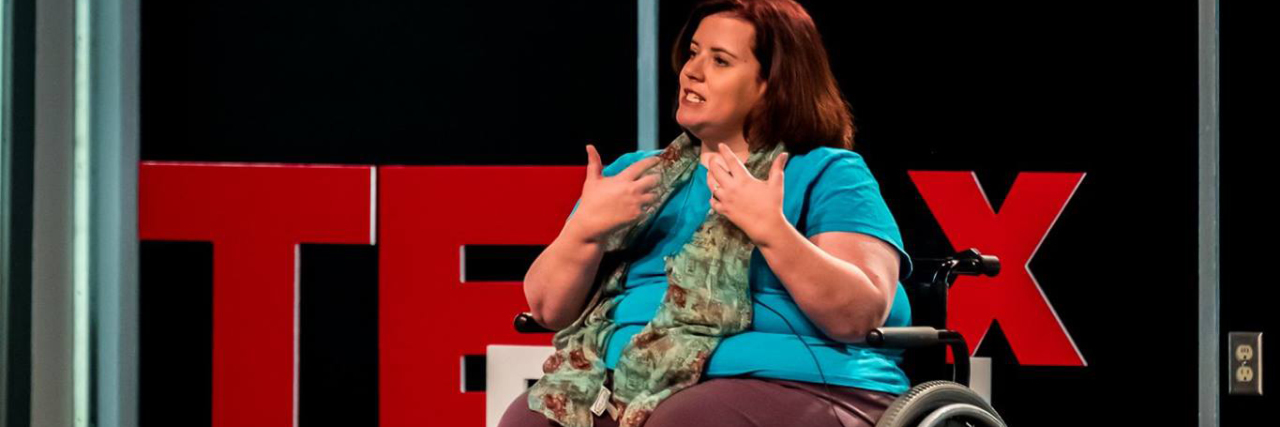As a person with a disability, I often get well-meaning but frustrating things said or done to me. I know most people think they are being helpful or kind, but it doesn’t stop me being irritated. I know many here can relate!
As I write this, I realize it’s almost ironic because I’m actually one of those people who is exhausted by society’s constant need to be outraged and offended by the littlest comment, look or situation. I work every day to balance the difference between being too easily offended and wanting people to understand their words matter and can easily damage relationships. My efforts usually end up centering around communication and etiquette surrounding disability, although my professional career is all about business communication.
About two years ago, I realized two things.
First, it hit me that when people were behaving the way they were, it was because they were putting themselves into my situation. They were looking at my life (or how they perceived it) through their own lens, not how I viewed my life or circumstances. In other words, they were doing what we as a society are taught equals empathy: they were putting themselves into my shoes.
Secondly, I realized that instead of telling people what to say or not say, they need to understand the power and meaning of their words and actions.
That’s when a great opportunity arose! I applied to speak at TEDx Dickson St. and was chosen! My topic was called “Do You Hear What I Hear” and I chose four of the most common scenarios that I run into as a person with a disability, specifically a full-time wheelchair user. I had a volunteer play act these scenarios and that let the audience see and hear just how ludicrous some of these situations are.
Instead of saying “don’t do that,” I shared what I recognized each person was trying to communicate and gave suggestions for better ways to accomplish their communication goal. To this day, I have people flag me down and tell me the message made a difference.
So now we are here. My point in writing this is two-fold.
First, I want to encourage all of us to be more aware of the messages we are communicating, especially when dealing with someone different from ourselves. I know it’s impossible to be aware of every nuanced thing, but we can do better. This is true for disability, race, gender or even age.
For example, I realized that when people offered help me load my wheelchair and I said, “That’s OK, thanks,” I was communicating that I didn’t want to be a bother or something similar. That’s why people would push the issue and try to grab the chair out of my hands. I now say something along the lines of “No thank you. It’s better if I do it myself.” First, I’ve specifically said the word “no.” No means no. Should be a clear boundary, right? Second, it explains that in that situation, they would be interfering if they persisted in their attempts to get involved.
Second, I would of course love for you to watch this video (shared with permission from TEDx Fayetteville) and share it with others. I hope the message will help people better understand certain social situations when they interact with wheelchair users, but I also hope the idea of seeing the world through someone else’s eyes is captured in viewers’ hearts and minds.
Don’t put yourself in my shoes. See through my eyes.
This story originally appeared on Sunflowers and Thorns.

